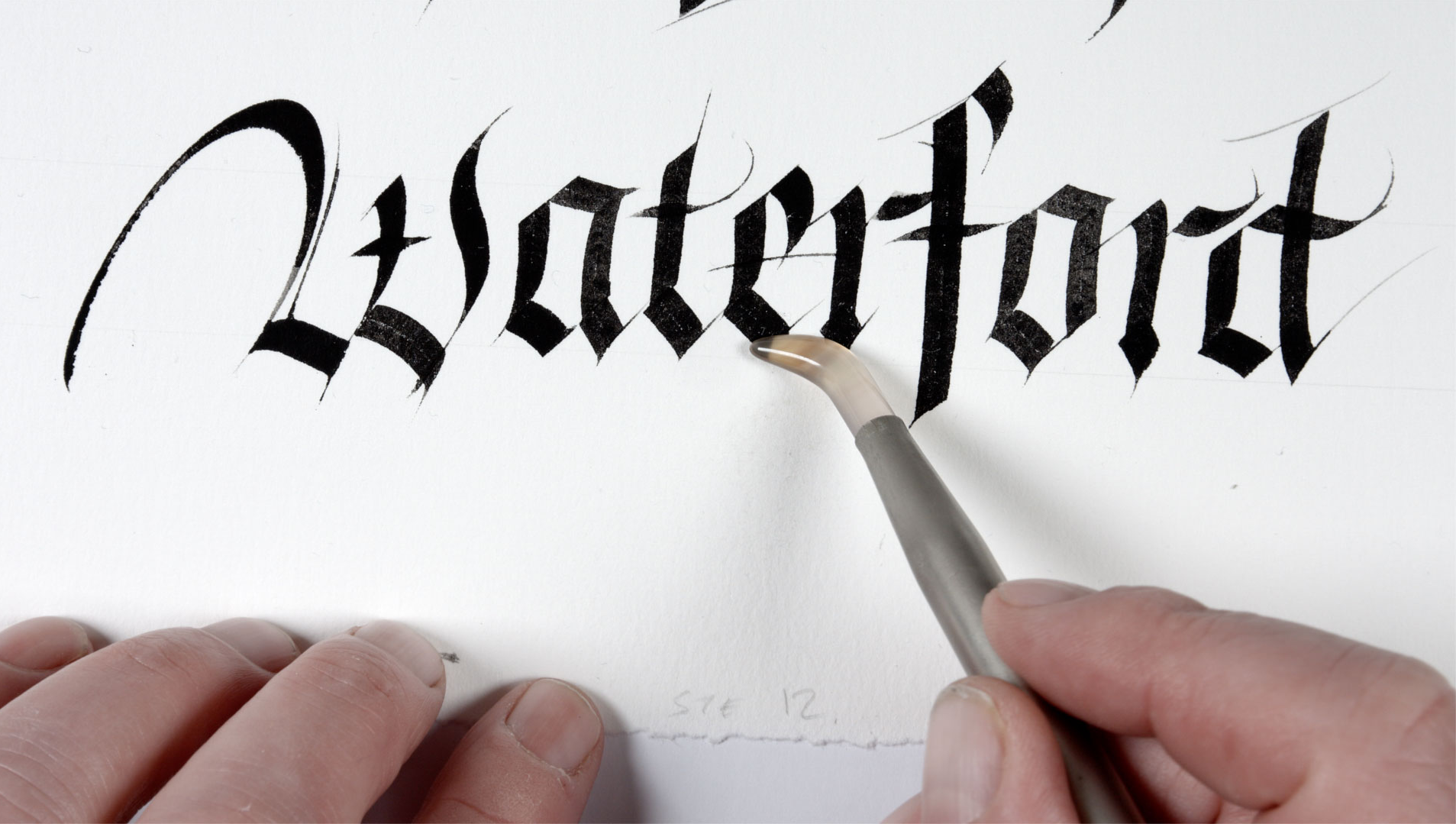
How often do you think about longitude? Not very often I’d wager, today we take planes abroad and have Google Maps in our pockets virtually at all times – but things weren’t always so simple! Before the eighteenth century, travel was entirely dependent on ships and these ships were plotting a course through stormy and unforgiving seas – sometimes with no idea where they were or how to get to their destination, at least until one man changed everything.
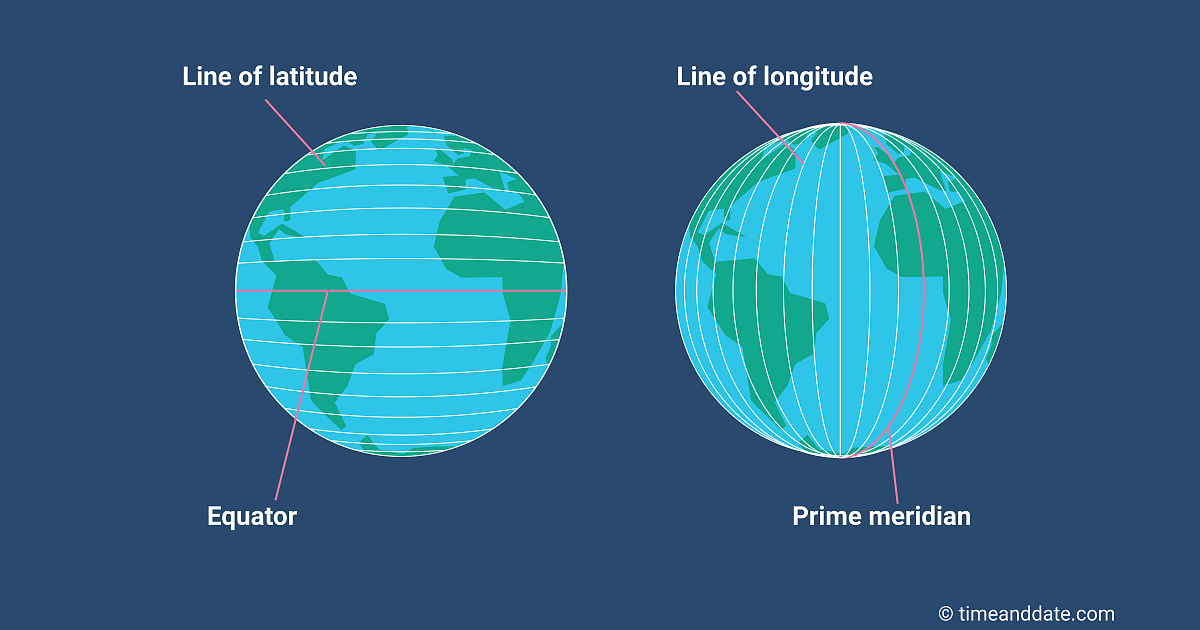
Longitude refers to a form of angular coordinate measured on vertical lines running between the North and South Poles – known as meridians. Latitude on the other hand is the measurement of distance north or south of the equator. On the ground by the 1720s the longitude of many locations had been determined fairly accurately but all of this changed out on the water. Latitude could be easily calculated at night when the canopy of stars overhead provided a handy map for the ships, but only rudimentary methods were available for figuring out longitude.
Longitude was vitally important to knowing your precise location at sea and in the eighteenth century many ships missed their destination entirely, or were wrecked as a result of losing track of it. Discovering a reliable way to measure latitude while at sea was one of the greatest scientific questions of the period .
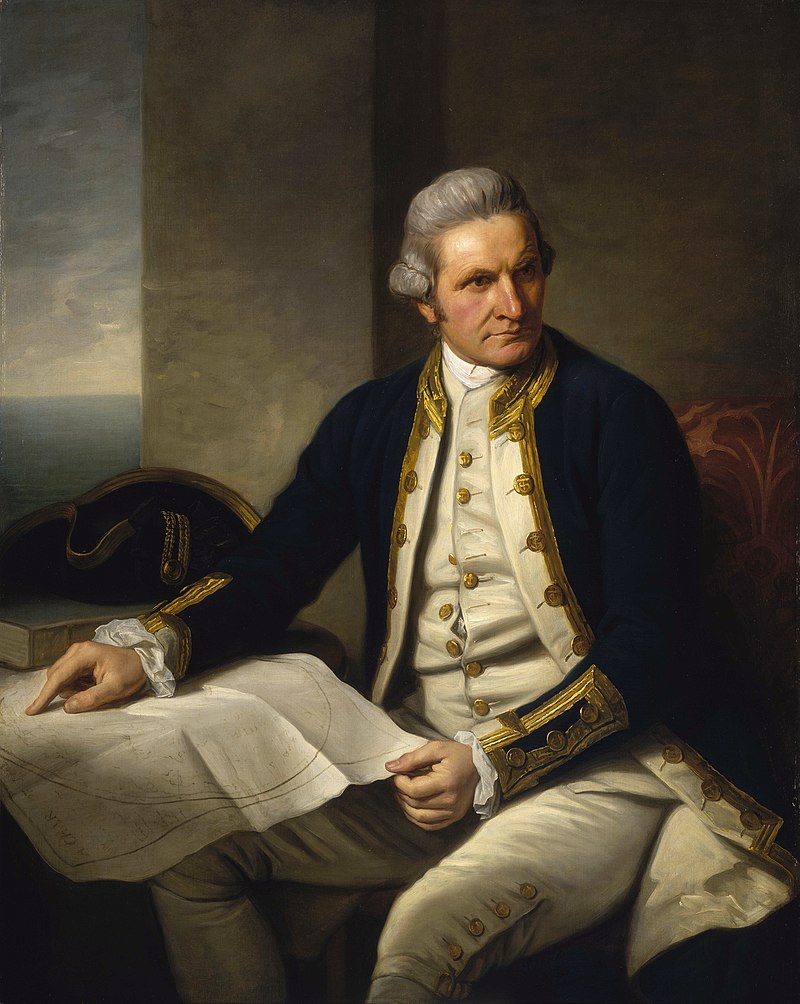
Without any good method many sailors were forced to rely instead on latitude entirely by sailing to the latitude of their destination and sailing in a straight line in a practice known as ‘running down a westing’. This of course was less than ideal for the average ship as it prevented them from taking the quickest route, leading to more time spent aboard and increasing the likelihood of diseases like scurvy. It also meant that they couldn’t necessarily avoid storms and even if they came out unscathed they could be blown miles and miles off course, leading to them getting lost or missing their destination entirely.
Another practice was something called ‘dead reckoning’ which involved using your last known location, time elapsed, course travelled and an estimation of speed to guess at where you might be and determine your longitude. but even this meant that you needed a fairly accurate idea of time and unfortunately, onboard a ship wasn’t exactly the best environment for the most accurate clocks of the day – a longcase clock or grandfather clock.
Clearly then a solution was necessary for the safety of sailors and the betterment of trade. In fact an answer to the age old longitude problem was so important to the British government that in 1714 the British Parliament offered £20,000 to anyone who could solve the problem. The problem was simple – clocks are delicate instruments and being knocked about can cause them to lose time. A few seconds here and there can add up over the course of a day, and on a long voyage, losing several minutes a week meant that the captain’s calculations could be way off, and the ship could be several miles from where they thought they were.
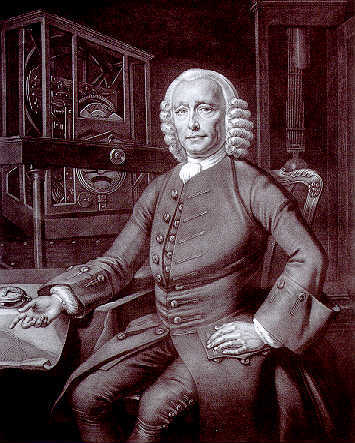
The story of the man who eventually solved the problem is more complicated still. Most of us have probably never heard of John Harrison, a carpenter turned clockmaker (unless you happen to be an avid fan of Only Fools and Horses and count the 1996 Christmas special ‘Time on Our Hands’ as one of your favourites). Due to his trade as a carpenter the first clocks Harrison made are composed entirely of wood. Harrison made his first attempt at the prize in 1730 when he designed a clock and took it to London to try his hand at getting a patron to support his dream of inventing the first accurate marine chronometer. He found support from Edmond Halley and George Graham on the the most important clockmakers of the day and set about bringing his ideas to life.
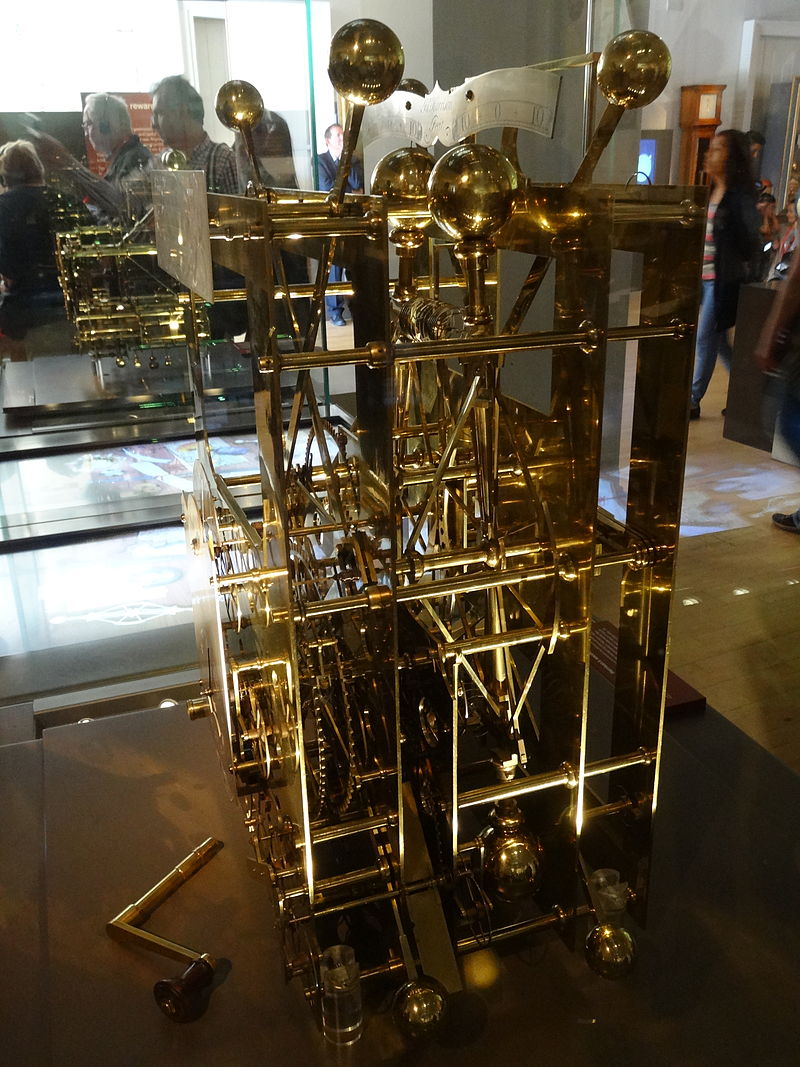
He made two large sea clocks, known as H1 and H2, both of which were tested by the Board of Longitude and performed well, but not quite well enough – they were still losing time. His third sea clock, H3 built on the problems he had encountered and while the clock itself wasn’t quite fit for purpose, it did feature Harrison’s most important inventions – the caged roller bearing and bimetallic strip (which respectively accounted for changes caused by the ricking and turning of the ship and for temperature differences over time). Armed with these astonishing new elements Harrison went back to the drawing board altogether and abandoned the idea of a clock, which was cumbersome and not fully portable, and instead started building a watch.
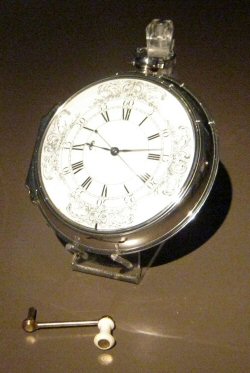
Harrison’s sea watch – H4 – was completed in 1759 and resembled an oversized pocket watch in a silver case. It took six years to construct and finally was set aboard the HMS Deptford for testing in 1761 where it kept remarkably close time, losing just 3.5 minutes on the journey to Jamaica and back. So, our hero had finally done it and created a clock that worked within the margin of error – what’s next? Fabulous riches and widespread acclaim? Well, not exactly…
After the ship returned home Harrison waited expectantly for his prize money but the Longitude Board – the committee established to oversee the competition and award the prize – decided that it was likely just a stroke of luck that saw Harrison’s clock appear so accurate and recommended a re-test. Duly, Harrison agreed, and once again the watch demonstrated that it could maintain time as accurately as was expected on a long sea journey on those days. Still, the board was not satisfied and eventually poor Harrison had to apply to the government for his prize – who offered him just £5000 pounds.
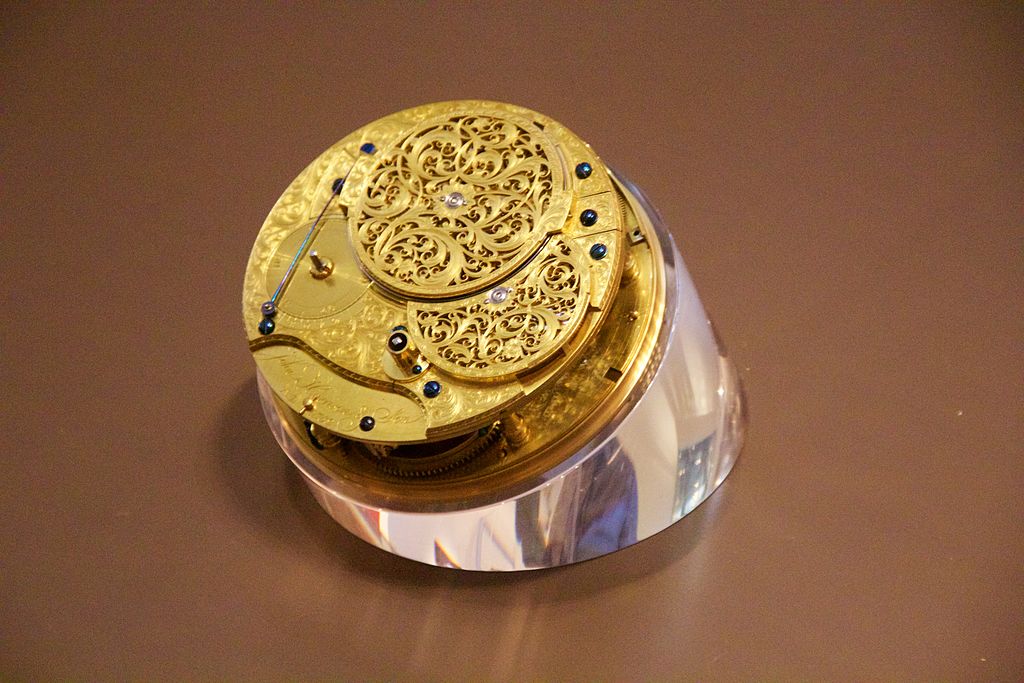
The Harrison family refused and decided to continue their fight for the full £20,000. Another application resulted in another test with the government resolving to pay Harrison £10,000 before he left and another £10,000 once he handed over the watch to be duplicated by other watchmakers. This time though, disaster struck, the old Astronomer Royal unexpectedly died and a new one, Nevil Maskelyne – who had himself trialed the only method in opposition to Harrison’s watch – was appointed in his place. Maskelyne decided that Harrison’s watch had again only proved accurate on a stroke of luck and that the watch contained several inaccuracies which happened to just cancel each other out over the voyage.
Unsurprisingly Harrison felt “extremely ill used
by the gentlemen who [he] might have expected better treatment from” and petitioned the King directly. King George was outraged on his behalf after testing the watch at the palace and he threatened to appear in person in parliament to give them a thorough dressing down if they didn’t compensate Harrison for his work. He eventually received only £8,750 from parliament in 1773 when he was eighty years old, but neither he nor anyone else ever actually received the official prize.
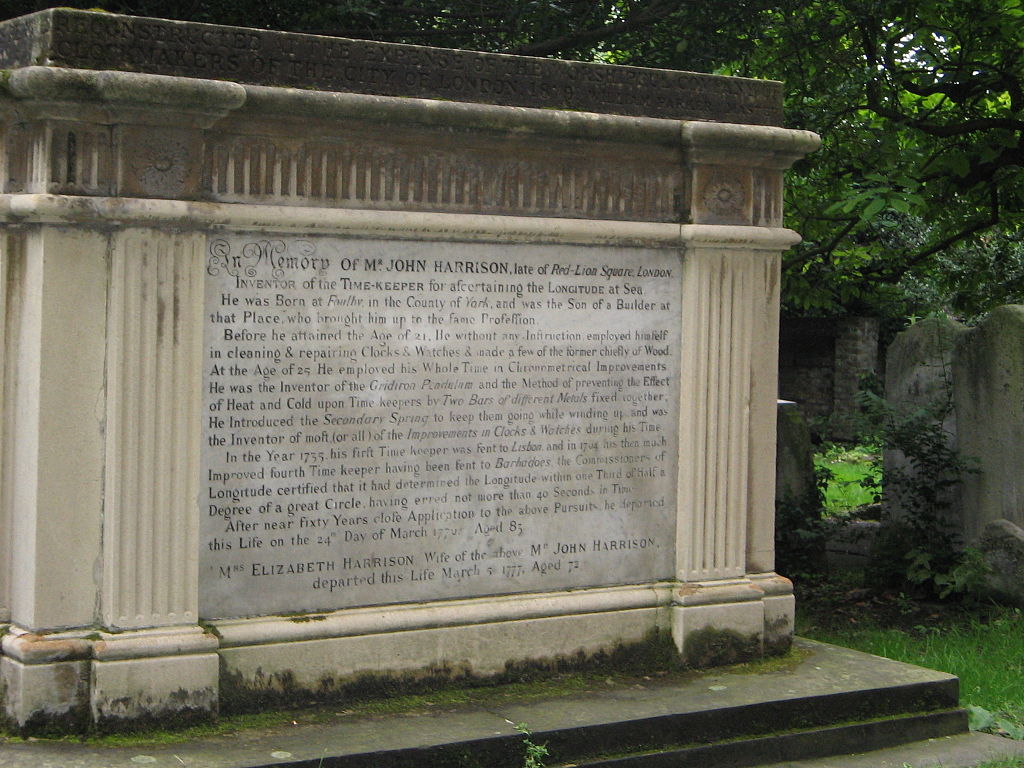
Now, we can’t say he was totally badly off! Over his career he received more than £23,000 for his work on chronometers, which would essentially have made him a multi-millionaire in his day – but all of his costs including materials and assistants also had to come out of this money.
The story of Harrison’s incredible invention as well as many more will be told in the Irish Museum of Time, opening at Greyfriars on June 14th! Do come along to learn more about the science and story of time through the ages…


